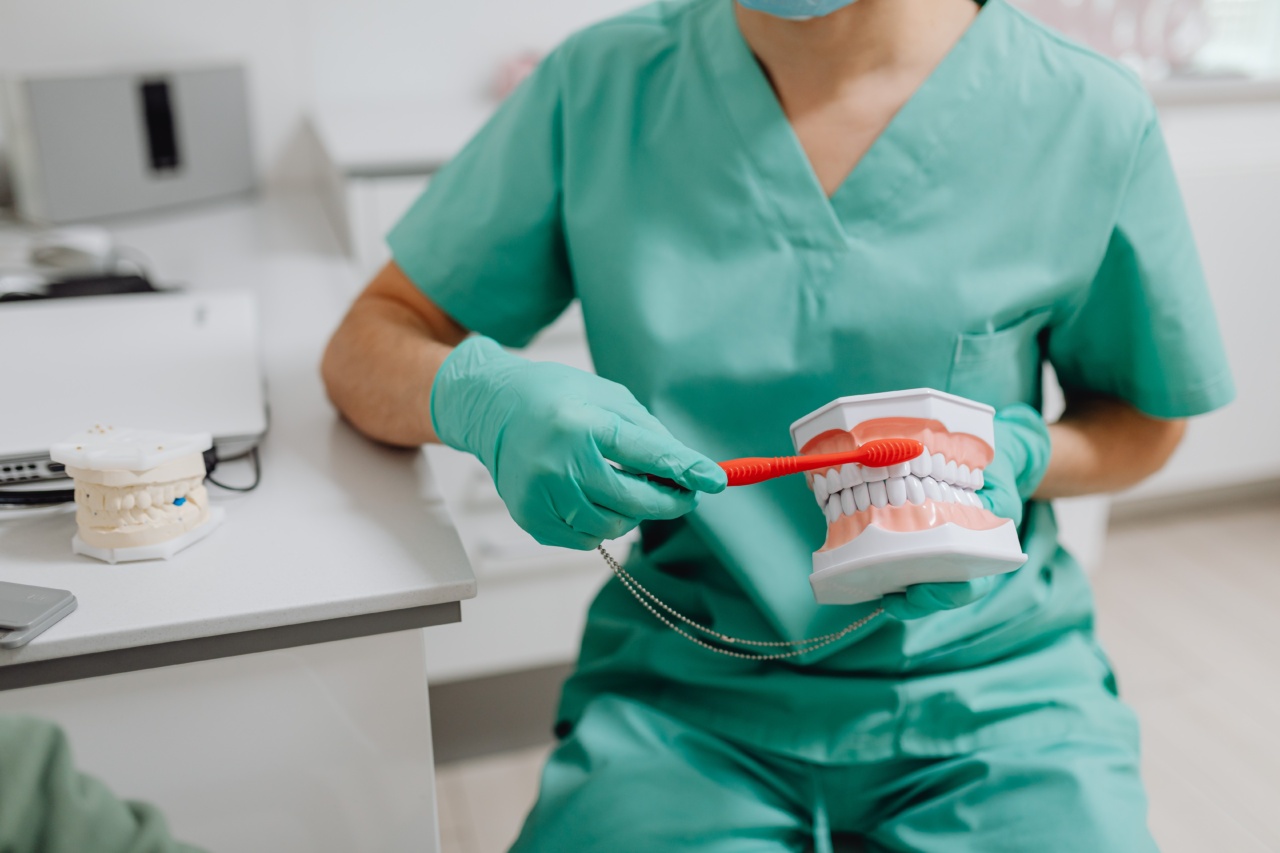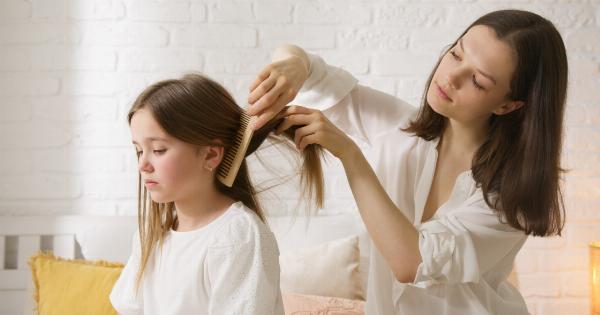Brushing your teeth is an essential part of maintaining good oral hygiene. However, it is crucial to brush your teeth correctly to ensure maximum effectiveness without causing any harm.
Many people unknowingly make mistakes while brushing their teeth, which can lead to tooth damage, gum recession, and other dental problems. In this article, we will discuss some valuable tips on how to avoid harming your teeth while brushing.
1. Choose the Right Toothbrush
Choosing the right toothbrush is the first step towards preventing any potential harm. Opt for a toothbrush with soft bristles as it is gentler on your teeth and gums. Hard and stiff bristles can cause enamel erosion and gum irritation.
Additionally, consider the size of the toothbrush head. It should comfortably fit inside your mouth and reach all areas easily.
2. Use the Right Toothpaste
The toothpaste you use plays a significant role in maintaining oral health. Look for toothpaste that contains fluoride, as it helps strengthen the tooth enamel and prevents tooth decay. Fluoride also aids in repairing early signs of tooth decay.
Avoid abrasive toothpaste, as it can wear down your tooth enamel over time.
3. Brush Gently
It is a common misconception that brushing your teeth vigorously will lead to better cleanliness. However, this is far from the truth. Brushing your teeth too aggressively can actually harm your enamel and gums.
Instead, use gentle and circular motions while brushing. Apply just enough pressure to clean your teeth effectively without causing any damage.
4. Brush for the Right Duration
Brushing your teeth for too long or too quickly can both be harmful. Dentists recommend brushing your teeth for a minimum of two minutes. Use a timer or play a song to ensure you brush for the appropriate duration.
Avoid rushing through your brushing routine as it may not effectively clean your teeth, leading to plaque buildup and cavities.
5. Don’t Forget the Gum Line
Many people focus solely on the tooth surfaces while brushing and neglect the gum line. The gum line is where plaque and bacteria tend to accumulate, leading to gum disease and inflammation.
When brushing, hold your toothbrush at a 45-degree angle against your gum line and gently brush in a circular motion. This helps remove plaque buildup and keeps your gums healthy.
6. Avoid Brushing Immediately After Eating
While it may seem counterintuitive, it’s best to wait for at least 30 minutes after eating before brushing your teeth.
Acidic foods and beverages can soften your tooth enamel, and brushing immediately after consuming them can lead to enamel erosion. Rinse your mouth with water after eating and then wait for a while before brushing to protect your teeth.
7. Use Mouthwash Wisely
Mouthwash can be a beneficial addition to your oral care routine, but it should not replace brushing. Mouthwash helps kill bacteria and freshens breath, but it doesn’t remove plaque and food particles as effectively as brushing does.
Use mouthwash after brushing and flossing for optimal results. Additionally, choose an alcohol-free mouthwash to avoid drying out your mouth.
8. Replace Your Toothbrush Regularly
Your toothbrush goes through a lot of wear and tear, and over time, the bristles become frayed and less effective in cleaning your teeth. It is recommended to replace your toothbrush every three to four months or sooner if the bristles become frayed.
Using an old toothbrush can be harsh on your teeth and gums.
9. Don’t Brush Too Often
While regular brushing is crucial, overdoing it can harm your teeth as well. Brushing more than three times a day or immediately after consuming acidic foods can erode your tooth enamel.
Stick to brushing twice a day – once in the morning and once before bed – unless advised otherwise by your dentist.
10. Visit Your Dentist Regularly
Regular dental check-ups are essential for maintaining good oral health. Even if you follow all the correct brushing techniques, a professional dental cleaning and examination are crucial for detecting and addressing any potential issues.
Your dentist can provide personalized advice based on your specific needs and ensure your teeth remain healthy and free from harm.
Conclusion
Proper toothbrushing techniques are crucial to maintain good oral health and avoid harming your teeth and gums.
Remember to choose the right toothbrush and toothpaste, brush gently for the appropriate duration, focus on the gum line, wait after eating before brushing, and replace your toothbrush regularly. Additionally, incorporate mouthwash into your routine wisely, avoid excessive brushing, and don’t forget to visit your dentist regularly. By following these tips, you can ensure that your brushing routine promotes a healthy and beautiful smile.




























